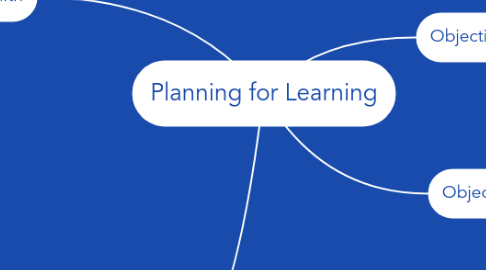
1. Martin Smith
1.1. MYP Arts Standard 6. History/Culture: Students will understand and analyze the role, development and continuing influence of the art form in relation to world cultures, history, and society and be receptive to the art practices from various cultures, including their own.
1.2. MYP 4 (Grade 9) Music/Band
1.3. Unit 4: World Music and Cultures
1.4. Objectives
1.4.1. Students will be able to analyze a piece of music using the 7 elements of music analysis in order to identify it's components and characteristics within it's given culture.
1.4.2. Students will be able to describe different styles of World Music, cultural practices and instruments and define their role within that culture.
1.4.3. Students will be able to design and plan for a research assignment by creating an introduction, body and conclusion in preparation for their research assignment.
1.4.4. Students will be able to accurately cite and reference music resources in MLA format for an academic research paper.
1.4.5. Students will be able to critically reflect on the role of music in relation to world cultures, history and society and in relation to their own culture and self-expression.
1.5. Big Ideas
1.5.1. Music is an expression of who we are and where we’re from
1.5.2. We can describe music by analyzing its structure
1.5.3. Music has other roles than just entertainment
2. Resources
2.1. 6 Scaffolding Strategies to Use With Your Students. (2011). Retrieved June 01, 2016, from http://www.edutopia.org/blog/scaffolding-lessons-six-strategies-rebecca-alber
2.2. Northern Illinois UniversityFaculty Development andInstructional Design Center Northern Illinois UniversityFaculty Development andInstructional Design Center. (n.d.). Retrieved June 01, 2016, from http://www.niu.edu/facdev/
3. Objective 1
3.1. Strategies:
3.1.1. I Do, We Do, You Do - There are 7 elements (or tools) that students need to learn how to use to effectively analyze music in this unit. Each element is first modeled by the teacher with an example on the Smartboad. The next example (of a World music genre) is done together as a class and the Think, Pair, Share strategy will be weaved in for identifying some of the 7 elements. Students will then be put into groups (Jigsaw) and assigned an example to analyze together. Finally students will be expected to analyze 2 examples as part of their final research assignment.
3.2. Students Key Factors: Students already know the 7 elements of music analysis and have used it before but just don't know it. In prior years the have learned about the elements of music such as melody, harmony, timbre, rhythm etc. These elements or descriptive terms have now just been categorized and ordered as an efficient way of analyzing music. It is also the preferred system used in the DP music program. As well as a descriptive hand out of the 7 elements, they will also receive another worksheet to connect prior knowledge to the new format.
4. Objective 3
4.1. Strategies:
4.1.1. Chunking: To meet this objective students will need to learn how to prepare to write a final research paper for their summative assessment. The activity will involve students proposing their preferred culture and to complete a basic outline of their assignment. Essentially the final paper is first being broken down into small and more manageable parts, outlining their introduction, body and conclusion and using the task specific rubric to guide them through the process. Frequent check-ins and formative assessment will be made along the way to ensure students understand and are keeping up.
4.2. Student Key Factors: By now most students will have some experience with planning for an essay and the above strategy allows for the teacher to check for student readiness. The teacher can guide the students through the planning and research component before beginning the final essay and spend time with students who need extra help planning as well as prompt higher level students with more challenging and thought provoking questions for their essay.
4.2.1. This is also gives the teacher a chance to tap into student interests for the final essay/assignment. In this Unit students will be choosing a World music culture/genre to examine for their summative assessment. By having prior knowledge of student interests and background the teacher can make meaningful suggestions for students chosen culture that may be somehow related to them personally. This is particularly effective for prompting students who may be having difficulty choosing their a culture to research.
